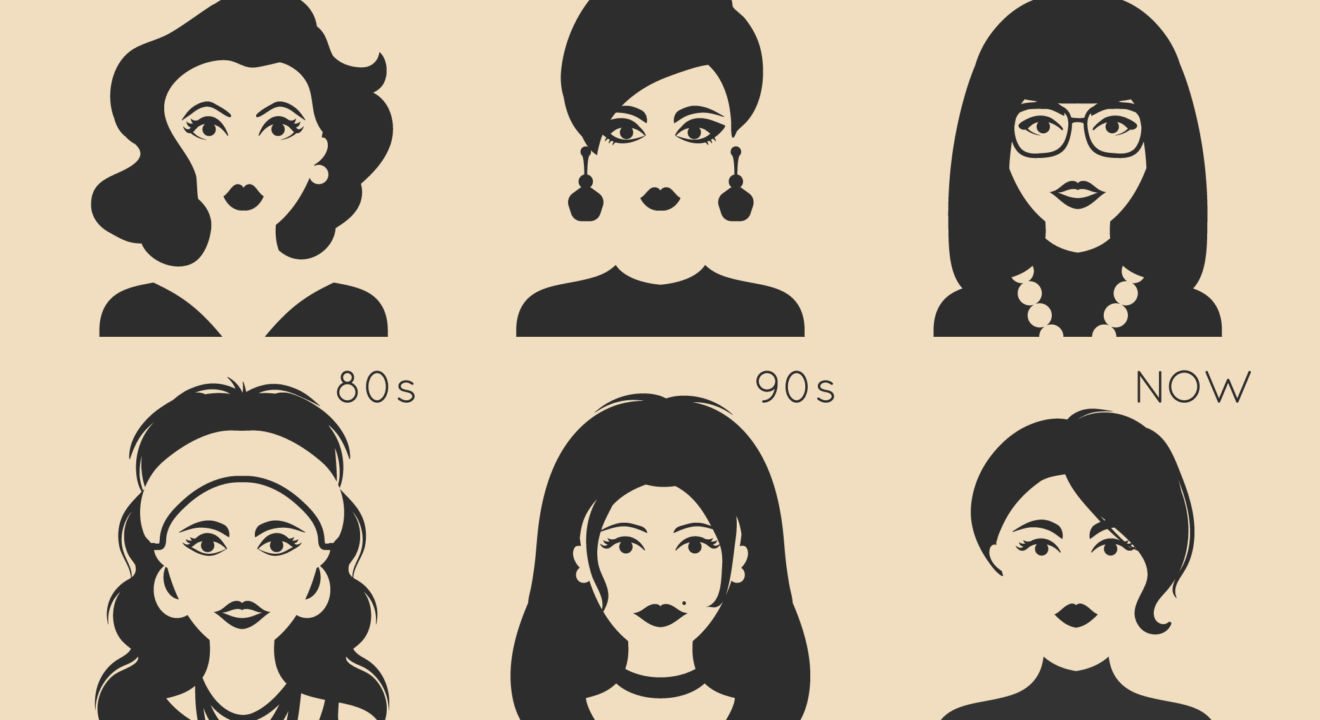April 2, 2017


Remember when the Kylie Jenner lip challenge was a thing? How about the highlighter challenge that’s been getting popular lately? Or what about the unnecessary use of sweat bands and leg warmers from thirty years ago? Beauty, namely makeup, fads are the meat and mead of YouTube tutorial channels nowadays and with every new year comes a new wave of beauty fads and the tips and tricks behind them. With tastes and styles changing with every season, it’s fun (maybe useful) to go back in time and look at what was considered beautiful throughout the years. What were we doing to our skin to get the hottest look? What beauty ingredients were a must have a long time ago? Maybe by revisiting some of these past looks, we can get a better idea of what to do (and what not to do) for the future.
Hair
History has a complicated relationship with women’s hair. Throughout the middle ages, European women plucked all the hair from their eye brows and lashes in order to accentuate the forehead. In Mexico and Greek and Roman societies, however, it was historically fashionable for a woman to have a unibrow because it was a sign of beauty or intelligence. Most notable in our history is probably the 18th century coiffure. These hair structures eventually became very extravagant and unhygienic. After some time, ladies’ hair during the 1770’s could very well have rats and other vermin living within the massive tangle of hair and baubles.
Makeup and face
Today, people are much more conscious of the things we put on our faces. Lines of makeup that are made from healthy and natural materials are becoming more popular as people become aware of the harmful effects of certain chemicals on our skin. This was not the case for women a couple hundred years ago, sadly. Lead based products and arsenic were the go-to products for women who wanted to achieve that deathly pale pallor or who wanted a little red glow on their lips and cheeks. When makeup products went out of fashion during the Elizabethan era, women resorted to biting their lips and smacking their cheeks to maintain a little bit of color on their faces while still trying to go all natural. For the most part, oral hygiene was not a thing throughout the ages, but Japanese and other Asian countries dyed their teeth black. Black tooth lacquer was used both as a fashion statement for married women and some men as well as a way to prevent tooth decay up until the late 19th century.
Clothing and shoes
Aside from the iconic bulky dresses from the European history, women’s fashion has fluctuated drastically throughout the centuries. Most notable among the shifting styles is the practice of feet binding and wearing lotus shoes in China up until the start of the 20th century. In this tradition, young girls’ feet were painfully bound with bandages to prevent the feet from growing. This practice limited the girls’ mobility so having bound feet was a sign of wealth and status showing that you could afford to live a sedentary lifestyle. A current American trend is waist training. Women who want an hourglass figure continuously wear extremely tight waist trainers or corsets to force their mid-section into a specific mold. The practice, however, can be extremely dangerous with side effects ranging from difficulty breathing to broken ribs. On a lighter note, the essentially 90’s skater or baby doll dress is making a strong comeback today especially in flower prints. Now who doesn’t love the fresh look of floral prints with the added mobility and sexiness of a short flowy skirt?